An English-Speaking, Democratic Nation
Belize is also blessed with an abundance of tropical biology; including the longest barrier reef in the Western Hemisphere, hundreds of tiny cayes (as the Belizeans call their islands, pronounced 'keys'), and miles of unexplored beaches.
Stretching 165 miles from the Yucatan Peninsula south to the Bay of Honduras, the Belize Barrier Reef is one of the most pristine in the world. A fantastic diversity of habitats are found here: hundreds of cayes, shallow water flats, mangrove ranges, and innumerable coral reefs.
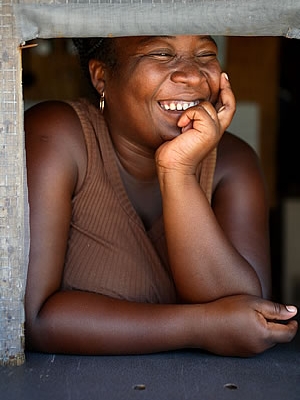

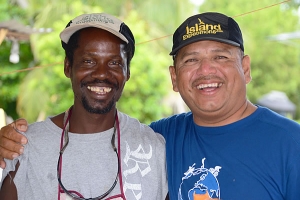
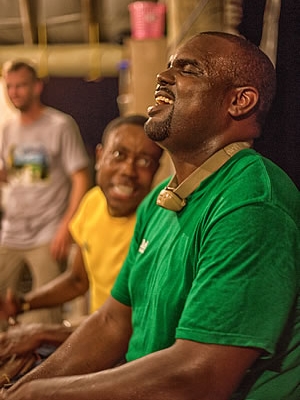
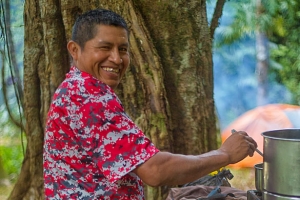
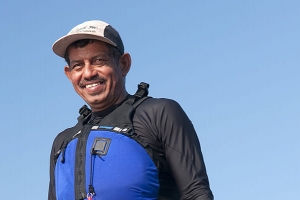
Belize is Much More than a Water Sports Destination
In a matter of a few hours you can enjoy Belize travel from the coral reefs to the largest remaining tracts of undisturbed rainforest in all of Central America. Wildlife abounds; the bird life is world famous and the rainforests are home to jaguar, Baird's tapir, scarlet macaw, spider and howler monkey.
Belize was once the heart of the Mayan civilization. With a cultural vista that stretches back to the beginning of the Maya, we can experience this ancient civilization through Belize's more than 600 archaeological sites.
Since the decline of the Mayan empire, beginning around 900 AD, and the arrival of Europeans, Belize has continued to evolve. Spanish explorers, Garifuna settlement, Scottish buccaneers, and a hundred years as a colony of Great Britain all contribute to the cultural mosaic we find in Belize today.
The primary languages of Belize are English, Creole, and Spanish. Unlike many other countries in Central America, Belize has a relatively modernized infrastructure with safe food and clean drinking water. Looking towards the future, Belizeans recognize the incomparable value of their abundant wildlife, rainforests, and coral reefs and in the last decade have moved to protect them. Over 36% of the country has been designated as marine reserves, parks, and wildlife sanctuaries.
We invite you to join us as we explore the most diverse and exciting adventure travel destination in the Americas.

